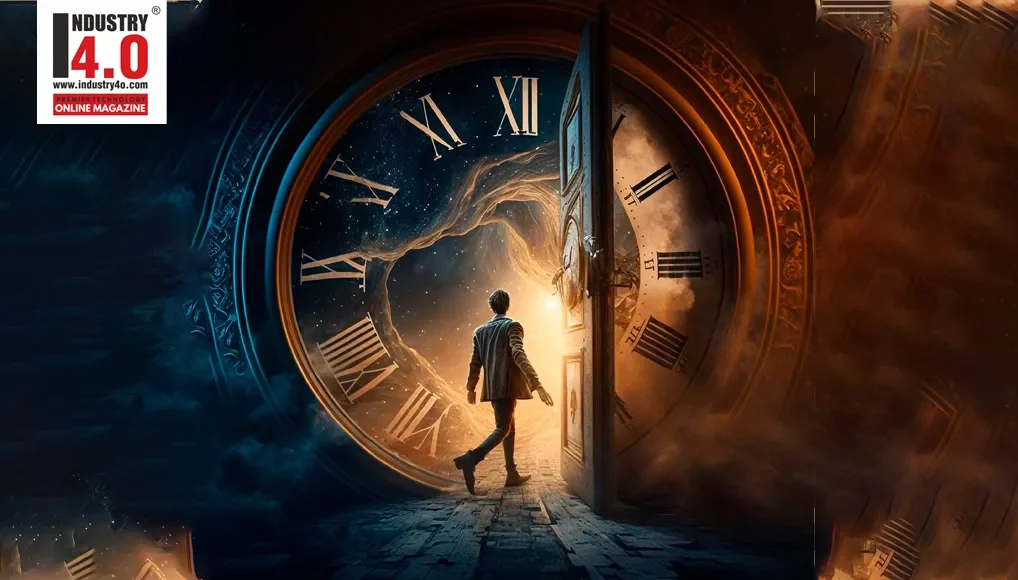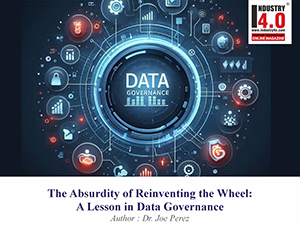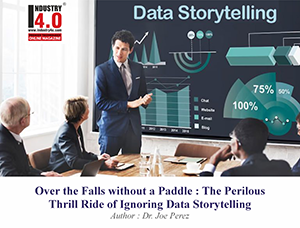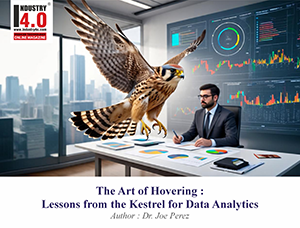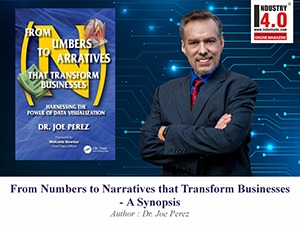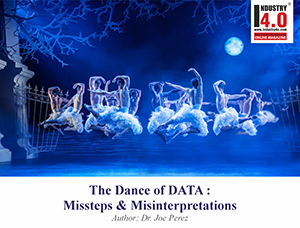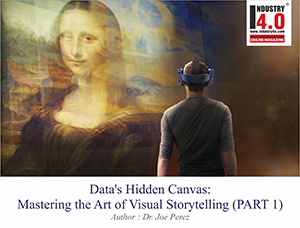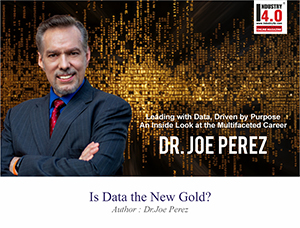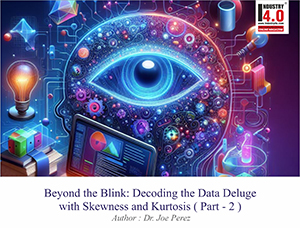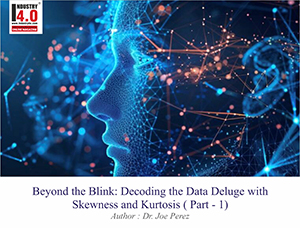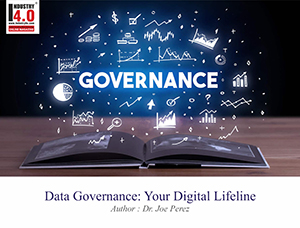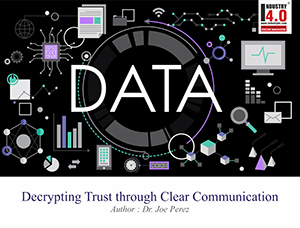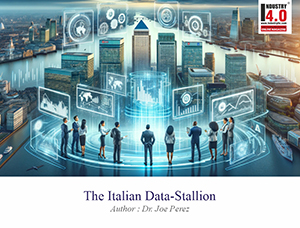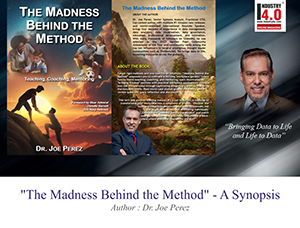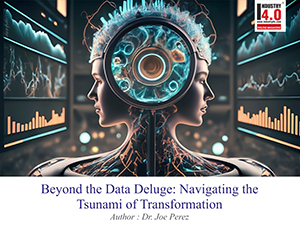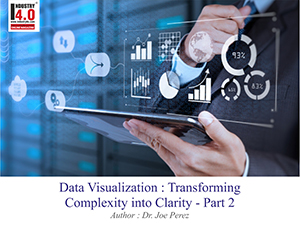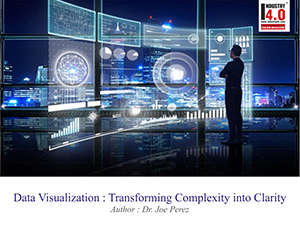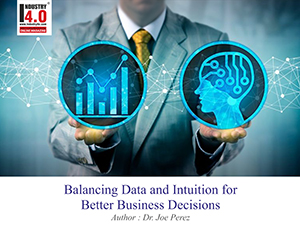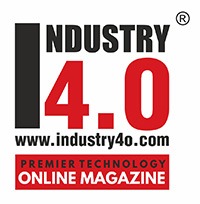When a Nation Deleted a Day and Taught Us About Data
Key takeaway: When Samoa decided to skip an entire day to realign with its future, it revealed a profound truth about measurement and governance: sometimes you must change the frame, not just the numbers, to move forward.
 They went to bed on Thursday and woke up on Saturday. No glitch. No celestial prank. No Star Wars. No Star Trek. No time-travel. On the night of December 29, 2011, the people of Samoa crossed an invisible border and left Friday behind, vaulting 24 hours into the future to stand shoulder-to-shoulder with their most important neighbors. They didn’t stumble into this; they planned it. Parliament passed the law months earlier, and at the stroke of midnight, the nation’s clocks jumped from UTC-11 to UTC+13 so that Samoa’s week would finally align with Australia, New Zealand, and Asia, the countries and region where their phone calls, flights, and fortunes were increasingly tied.
They went to bed on Thursday and woke up on Saturday. No glitch. No celestial prank. No Star Wars. No Star Trek. No time-travel. On the night of December 29, 2011, the people of Samoa crossed an invisible border and left Friday behind, vaulting 24 hours into the future to stand shoulder-to-shoulder with their most important neighbors. They didn’t stumble into this; they planned it. Parliament passed the law months earlier, and at the stroke of midnight, the nation’s clocks jumped from UTC-11 to UTC+13 so that Samoa’s week would finally align with Australia, New Zealand, and Asia, the countries and region where their phone calls, flights, and fortunes were increasingly tied.
That “missing” Friday solved a very real problem. Before the change, Samoa lagged a day behind the business week of its primary trading partners. Meetings slipped, markets moved without them, and the country’s calendar itself had become a bottleneck for commerce and coordination. Prime Minister Tuilaepa Sailele Malielegaoi championed the shift as a pragmatic way to match Samoa’s time with Samoa’s future. The island went far beyond a clock adjustment; this essentially rewired what counted as “now.” And the nation celebrated the leap with fireworks and a jubilant “double New Year’s” that symbolized a fresh beginning.
Of course, big changes carry ripples. The Seventh-day Adventist community wrestled deeply with Sabbath observance in the new time zone: if Saturday in Samoa now aligned with Sunday in Australia and New Zealand, what did “the seventh day” mean in practice? Different congregations charted different courses, and the conversation was anything but casual. There were quirks, too. For those with birthdays on December 30, that personal milestone simply didn’t happen in 2011; a bittersweet footnote to a national choice. Yet the outcome has become part of Samoa’s identity. Today, it’s one of the first places on Earth to greet the sun, a change that carries symbolic weight and touristic appeal.
A curious story? Perhaps, but it’s much more. It’s a masterclass in measurement and governance. Samoa went way beyond “fixing the data” to reframe the rule that produced the data. They aligned an entire system (calendar, commerce, culture) with its strategic objectives. If you work with data, there’s a lesson here that’s too important to miss.
In our world, the “International Date Line” shows up as definitions, schemas, dashboards, and thresholds; the lines we draw to make sense of reality. And like Samoa, we sometimes discover that yesterday’s lines are costing us tomorrow’s opportunities. At that moment, your decision is both technical and existential. Do you cling to conventions that no longer serve you, or do you rewrite the rulebook to match where you’re going?
Here’s the framework I propose when guiding teams through those inflection points. It’s both simple and sticky on purpose. Four pillars; four choices. And together, the first letters spell the only resource you can’t stockpile: TIME.
- T: Trust
- I: Integration
- M: Measurement
- E: Expansion
Each one matters on its own. Woven together, they turn governance from a gate into a growth engine.
T. Trust
Trust is the first domino. Without it, the best policies gather dust, and the smartest models go unused. Trust doesn’t materialize because we declare it; it’s the byproduct of clear ownership, real accountability, and consistent transparency. Modern data governance programs make this explicit: domains own their data, while a central function provides standards, guardrails, and enablement so that “accountable” is not the same as “abandoned.”
Think of federated stewardship as a social contract: every dataset has a named steward; every business definition has a living owner; every critical pipeline has lineage you can follow and a change history you can audit. When someone asks, “Which revenue are we showing?” or “How do we calculate churn?” you can point to a single, authoritative source and a human being who will stand behind it. That clarity breeds confidence. And confidence, not volume, is what turns data into decisions.
Samoa’s leap required public trust of the same sort. Citizens trusted their leaders to weigh economic reality over habit. Businesses trusted that the switch would reduce friction across borders. Faith communities wrestled openly with what sacred observance meant in a changed frame of reference. Trust didn’t mean unanimity; it meant transparent choices, responsible stewards, and a shared commitment to navigate the change together.
I. Integration
Samoa had a synchronization problem. Its internal clock was misaligned with its external ecosystem, and that misalignment cost real money and momentum. Integration, of calendars and commerce, was the remedy.
In data programs, integration begins with a plain question: can people and systems share a coherent truth without friction? That demands more than APIs and ETL jobs. It requires shared vocabularies, governed workflows, and an architecture that moves data from creation to consumption without losing context or meaning. Catalogs clarify what exists. Lineage shows where it came from and where it goes. Standards keep “customer,” “order,” and “profit” from becoming multiverse variants of themselves.
The payoff is not theoretical. When teams pull from the same definitions, cross-functional metrics stop arguing with each other. When pipelines are observable, breaks become incidents, not mysteries. When integration is both technical and semantic, you don’t just move data; you move insight at the speed of coordination.
M. Measurement
Here’s where Samoa’s story hits the heart of the matter. The nation didn’t “fix Fridays.” It redefined what the next day would be. That’s measurement at its most powerful: making deliberate, transparent choices about what counts, how it’s counted, and why it matters.
In data governance, measurement means codifying policies for quality, access, privacy, retention, and fitness-for-purpose; and tying them directly to compliance and risk requirements so they live in the real world, not in a binder. It means defining thresholds, scoring data quality routinely, and auditing those scores so they inform behavior and not just a quarterly slideshow. It means being able to trace a KPI back through its lineage, see the joins and transformations that shaped it, and assess the blast radius of any change before it detonates in production.
Measurement is not merely arithmetic. It’s a design decision. Just like Samoa, we sometimes discover that the definitions we inherited no longer serve the outcomes we need. When that happens, you must have the courage, and the governance, to revise the definition openly, document the change, and communicate the impact so the organization marches in step.
E. Expansion
Samoa’s shift wasn’t a quick one-day stunt. It was a strategic pivot; legislated, planned, and executed to support long-term alignment with trading partners, followed by the day-to-day work of living in the new reality. That’s what expansion looks like in practice.
Data governance that endures behaves the same way: start small, learn fast, expand what works. Agile governance programs create feedback loops, version-control their policies, and adapt to shifting regulations, markets, and technologies. They embed controls into everyday workflows, automate where feasible, and use AI to scale monitoring without turning the program into a bureaucracy that chokes innovation.
I like to tell leaders: if your governance “launch date” feels like an ending, you built a monument, not a movement. The organizations that thrive treat governance as a living system: always listening, adjusting, and improving with each cycle.
A Living Framework, not a Rigid Rulebook
Multiple reference models can help you design this well. The DAMA-DMBOK positions governance at the center of the data lifecycle, reminding us that quality, architecture, security, and operations orbit a shared core. The DGI framework foregrounds mission, metrics, rules, and accountability; useful anchors when you’re aligning stakeholders around why governance exists in the first place. Other models like COBIT and DCAM give you scaffolding for risk, compliance, and capability maturity so you can build with confidence rather than guesswork. The right move is rarely to adopt one wholesale; it’s to tailor a blend that fits your culture, constraints, and ambition.
And if you’re wondering whether a shift in measurement can really unlock transformation, history will back you up. Whole industries have changed their trajectory by revising the dashboards they live by, whether through broader, strategy-linked scorecards or more adaptive, outcome-driven systems. The lesson is consistent: new measures create new behavior when the governance behind them is credible and the story they tell is clear.
Bringing It Back to the Day That Disappeared
Let’s re-enter that Samoan night for a moment. The crowds counted down. Midnight arrived. And then there was no Friday. In the morning, calendars read Saturday, December 31. Tokelau made the leap with them. A nation and its neighbor stepped across an invisible seam in the map and discovered a week that finally matched their work and their world. The skies did not fall. The sun rose (earlier, in a sense, than it used to) and the new rhythm began.
There were debates, to be sure. Faith leaders and congregations sorted through centuries of observance with humility and conviction. Families teased the few whose birthdays vanished that year. But the deeper narrative crystallized: a community can choose the frame that best serves its future, provided it does so with clarity, courage, and care.
That’s the heart of data governance. We don’t worship yesterday’s definitions. We steward truth in service of tomorrow’s outcomes. We build TRUST by naming owners and honoring transparency, so people believe the numbers they see. We pursue INTEGRATION so the truth can move, cleanly, coherently, through systems and teams without losing its meaning. We make MEASUREMENT explicit, tying rules to risks and value so we can defend every metric we use and improve those that fall short. And we commit to EXPANSION, iterating our policies and platforms as our world changes, so governance remains a catalyst rather than a constraint.
Put those four together: Trust, Integration, Measurement, Expansion. Result: you go from managing data to changing your relationship to time. You shorten the gap between question and insight. You prevent yesterday’s blind spots from dimming tomorrow’s opportunities. You build an organization that, like Samoa, chooses alignment over inertia.
So, here’s your invitation, from one data storyteller to another. Take a hard look at your own “date lines.” In what way are you a day behind the world you serve? Which definitions have dulled into dogma? What would you gain if you stepped across the seam, not recklessly, but with the kind of intentionality that turns a lost day into a found future?
Because in the end, the magic isn’t that Samoa skipped Friday. The magic is that they decided what their next day needed to be; and then they built it, publicly, boldly, and together. That’s governance with a backbone.
Make TIME your playbook. Build Trust you can defend. Design Integration that makes truth portable. Set Measurement that earns belief. Embrace Expansion that keeps you in rhythm with reality. Do that, and when the clock strikes midnight on your next big decision, you won’t be hoping the calendar favors you.
You’ll be ready to write the day you need.
About the Author:

Dr. Joe Perez,
Team Lead / Senior Systems Specialist,
NC Department of Health and Human Services
Dr. Joe Perez ( Dr.Joe ) is also the Chief Technology Officer – CogniMind
To book Dr. Joe Perez for your speaking engagement please click here
Dr. Joe Perez was selected as the 2023 Gartner Peer Community Ambassador of the Year.
Dr. Joe Perez is a truly exceptional professional who has left an indelible mark on the IT, health and human services, and higher education sectors. His journey began in the field of education, where he laid the foundation for his career. With advanced degrees in education and a doctorate that included a double minor in computers and theology, Joe embarked on a path that ultimately led him to the dynamic world of data-driven Information Technology.
In the early 1990s, he transitioned into IT, starting as a Computer Consultant at NC State University. Over the years, his dedication and expertise led to a series of well-deserved promotions, culminating in his role as Business Intelligence Specialist that capped his 25 successful years at NC State. Not one to rest on his laurels, Dr. Perez embarked on a new challenge in the fall of 2017, when he was recruited to take on the role of Senior Business Analyst at the NC Department of Health & Human Services (DHHS). His impressive journey continued with promotions to Senior Systems Analyst and Team Leader, showcasing his versatility and leadership capabilities.
In addition to his full-time responsibilities at DHHS, Joe assumed the role of fractional Chief Technology Officer at a North Carolina corporation in October 2020. A top-ranked published author with over 20,000 followers on LinkedIn and numerous professional certifications, he is a highly sought-after international keynote speaker, a recognized expert in data analytics and visualization, and a specialist in efficiency and process improvement.
Dr. Perez’s contributions have not gone unnoticed. He is a recipient of the IOT Industry Insights 2021 Thought Leader of the Year award and has been acknowledged as a LinkedIn Top Voice in multiple topics. He holds memberships in prestigious Thought Leader communities at Gartner, Coruzant Technologies, DataManagementU, Engatica, the Global AI Hub, and Thinkers360 (where he achieved overall Top 20 Thought Leader 2023 ranking in both Analytics and Big Data). His reach extends to more than twenty countries worldwide, where he impacts thousands through his speaking engagements.
Beyond his professional achievements, Joe’s passion for teaching remains undiminished. Whether as a speaker, workshop facilitator, podcast guest, conference emcee, or team leader, he continually inspires individuals to strive for excellence. He treasures his time with his family and is a gifted musician, singer, pianist, and composer. Joe also dedicates his skills as a speaker, interpreter, and music director to his church’s Hispanic ministry. He manages the publication of a widely recognized monthly military newsletter, The Patriot News, and is deeply committed to his community.
To maintain a balanced life, Perez is a regular at the gym, and he finds relaxation in watching Star Trek reruns. He lives by the philosophy that innovation is the key to progress, and he approaches each day with boundless energy and an unwavering commitment to excellence. His journey is a testament to the remarkable achievements of a truly exceptional individual.
Dr. Joe Perez is Accorded with the following Honors & Awards :
https://www.linkedin.com/in/jw
Dr. Joe Perez is Bestowed with the following Licences, Certifications & Badge:
https://www.linkedin.com/in/jw
https://www.thinkers360.com/tl
Dr.Joe Perez is Voluentering in the following International Industry Associations & Institutions :
https://www.linkedin.com/in/jw
Dr.Joe Perez can be contacted at :
E-mail | LinkedIn | Web | Sessionize | FaceBook | Twitter | YouTube
Also read Dr.Joe Perez‘s earlier articles:

